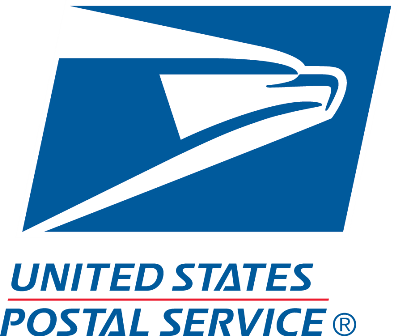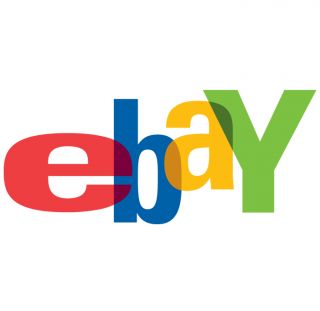How I Started A Side Hustle Reselling Sneakers For Profit
Hello! Who are you and what business did you start?
My name is Chris Casseday, and I am the founder of 513 Kicks, an online sneaker shop that offers collectible athletic shoes at unrivaled prices. I founded 513 Kicks in 2017, but I have been selling sneakers online for over 21 years. The type of sneakers that are featured in the shop are ones that are in high demand, vintage, or bring feelings of nostalgia to my customers. In other words, these are not sneakers that you’ll find at your local brick and mortar retail store today.
Our typical customers are people that truly love sneakers. They place an emphasis on strategically adding new pairs to their collection, even though they probably have enough sneakers to last them their entire lifetime already. While sneaker collecting is not a new thing, within recent years it has become more mainstream, with athletes, celebrities, and Fortune 500 companies jumping on board. Of course, social media is a huge amplifying factor as well.
Prior to launching 513 Kicks, selling sneakers online would bring in some money for me on a sporadic basis - $100 one month, $500 the next. Now, after almost two years,...

Download the report and join our email newsletter packed with business ideas and money-making opportunities, backed by real-life case studies.

Download the report and join our email newsletter packed with business ideas and money-making opportunities, backed by real-life case studies.

Download the report and join our email newsletter packed with business ideas and money-making opportunities, backed by real-life case studies.

Download the report and join our email newsletter packed with business ideas and money-making opportunities, backed by real-life case studies.

Download the report and join our email newsletter packed with business ideas and money-making opportunities, backed by real-life case studies.

Download the report and join our email newsletter packed with business ideas and money-making opportunities, backed by real-life case studies.

Download the report and join our email newsletter packed with business ideas and money-making opportunities, backed by real-life case studies.

Download the report and join our email newsletter packed with business ideas and money-making opportunities, backed by real-life case studies.



































